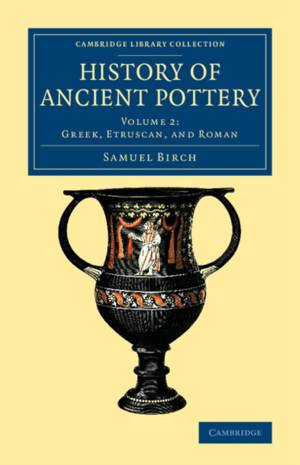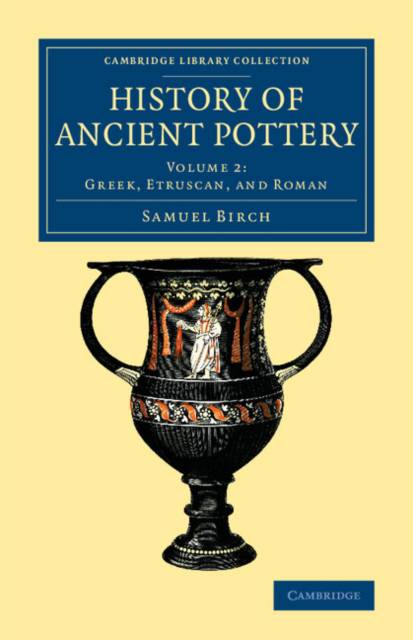
Door een staking bij bpost kan je online bestelling op dit moment iets langer onderweg zijn dan voorzien. Dringend iets nodig? Onze winkels ontvangen jou met open armen!
- Afhalen na 1 uur in een winkel met voorraad
- Gratis thuislevering in België vanaf € 30
- Ruim aanbod met 7 miljoen producten
Door een staking bij bpost kan je online bestelling op dit moment iets langer onderweg zijn dan voorzien. Dringend iets nodig? Onze winkels ontvangen jou met open armen!
- Afhalen na 1 uur in een winkel met voorraad
- Gratis thuislevering in België vanaf € 30
- Ruim aanbod met 7 miljoen producten
Zoeken
€ 86,95
+ 173 punten
Omschrijving
The Egyptologist Samuel Birch (1813-85) began to study Chinese at school, and obtained his first post at the British Museum cataloguing Chinese coins. He maintained his interest in Chinese civilisation throughout his life, but also collaborated with C. T. Newton on a catalogue of Greek and Etruscan vases, and with Sir Henry Rawlinson on cuneiform inscriptions, while also specialising in the examination and cataloguing of the Museum's growing collection of Egyptian papyri and other artefacts. Birch describes this two-volume, highly illustrated work on ancient pottery, published in 1858, as filling a perceived need: 'A work has long been required which should embody the general history of the fictile art of the ancients.' Volume 2 continues to examine Greek pottery, including the work of named or identified individual craftsmen, and then moves on to Etruscan and Roman wares, with a short final section on 'Celtic, Teutonic, and Scandinavian pottery'.
Specificaties
Betrokkenen
- Auteur(s):
- Uitgeverij:
Inhoud
- Aantal bladzijden:
- 466
- Taal:
- Engels
- Reeks:
Eigenschappen
- Productcode (EAN):
- 9781108081917
- Verschijningsdatum:
- 2/04/2015
- Uitvoering:
- Paperback
- Formaat:
- Trade paperback (VS)
- Afmetingen:
- 140 mm x 216 mm
- Gewicht:
- 585 g

Alleen bij Standaard Boekhandel
+ 173 punten op je klantenkaart van Standaard Boekhandel
Beoordelingen
We publiceren alleen reviews die voldoen aan de voorwaarden voor reviews. Bekijk onze voorwaarden voor reviews.











